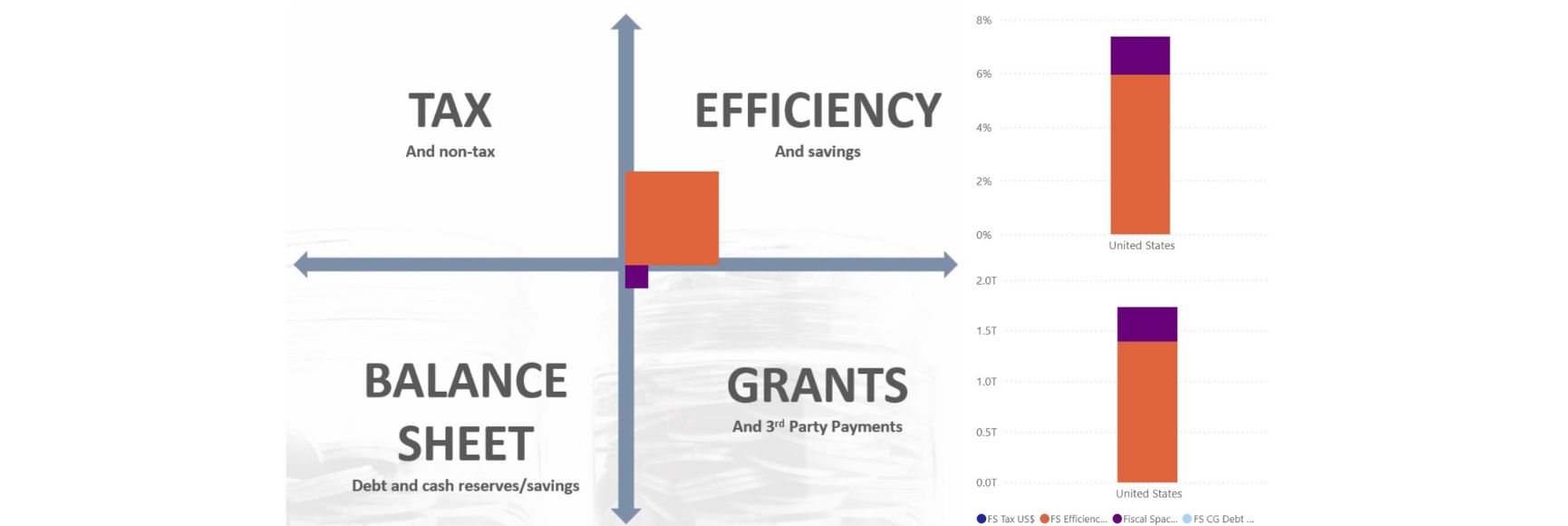Tajikistan has embarked on a major reform of its budget classification. The main element of this reform is the inclusion of an adminsitrative segment in the budget classification. The attached article (Download TAJIKISTAN ADMINISTRATIVE CLASSIFICATION ) by John Zohrab, Robert Brudzynski, and George Gridilian provides a detailed description of the reason for this reform and of its key characteritics.
The conclusions of the article are as follows:
"Although there is further work to be done to complete the implementation of the new administrative segment of Tajikistan’s budget classification, some preliminary conclusions can be drawn.
Conformity with Fiscal Transparency Code and Manual
The new administrative segment is internationally accepted in the sense that:
- It conforms almost completely with the principles set out in the relevant IMF technical manual and in specific technical assistance reports; and
- Other donors and international experts funded by them working on PFM issues have explicitly or implicitly accepted it.
It is standardized in the sense that, subject to some clarification, its structure conforms consistently to its design principles. It has a uniform coding structure.
The a priori concepts on which the new administrative segment is based (i.e., the design principles and criteria) are relevant and simple, and seem stable. They are able to be expressed numerically, as is evident in the coding structure. However, they may not be completely objective, in that some concepts may in some contexts require subjective interpretation. Thus far, it appears that they have a high degree of reliability, although this needs to be tested by further experience with using the new segment.
Subject to the further work to clarify and rationalize the roles of different administrative entities in the budgetary process, the new administrative segment adequately defines the administrative framework for fiscal management and in this context the responsibilities of different levels of government and the relationships between them.
However, the new segment probably does not adequately define the policy and management roles within the public sector, the structure and functions of government nor, in a general sense, the responsibilities of different levels of government, and the relationships between them. A major functional review of 7 sectors in the context of the government’s Public Administration Strategy is under way. It is possible that it will suggest that there are some inconsistencies in the structure of government and that substantial restructuring is warranted. This would imply that, although the administrative framework for fiscal management appears to be close to conforming with the fiscal transparency code and manual, the general administrative framework was not, and hence that there are inconsistencies between the two frameworks. This would bring important implications for the development of Tajikistan’s budgetary process and, especially, for the development of program budgeting. Hence, the progress and results of the functional review need to be monitored closely from the perspective of budget management.
Transparency
The new administrative segment has had some impact on transparency in the sense of public disclosure. The published budget documentation has disclosed budget information on the basis of the new administrative segment, but this has been more of a change in the nature of disclosure than an increase.
The principal impact of the new segment in terms of transparency has been in the sense of intelligibility. Its impact in terms of the intelligibility of the budget to parliament is noted above. It has become more intelligible to donors, which should, over time, have a positive impact on the supply, efficiency, and effectiveness of donor finance to Tajikistan. It appears to have become more intelligible to the participants in the budget process other than parliament (i.e., the personnel of the MOF, line ministries and budget organizations) which should over time improve the quality of budgeting and hence the efficiency and effectiveness of expenditure. However, it is too early to be sure that the impact will work soon.
Control
Transparency is a concept that is popular with donors, whereas the concept of control is given more weight by the participants in Tajikistan’s budget process. In practice, the two concepts are closely interlinked, as intelligibility and, in some cases, public disclosure, improve control, and improved control is necessary to achieve the ultimate objectives of improved transparency.
Effort
The amount of effort that has been required to develop and implement the new administrative segment in Tajikistan has been substantial, more than was initially thought. This reflected the importance and complexity of the task. This is typical of PFM reforms; if they are going to be tackled seriously, they should be done properly, in which case they inevitably become once-in-a-generation and fundamental exercises that require immense effort over a sustained period. It follows that, if they are done properly, and in conjunction with other, mutually-reinforcing PFM reforms, they will be worth the effort, as they are essential to the modernization of the State and the reinvigoration of its mission.
Key Lessons
The experience of introducing the new administrative segment shows that Tajikistan is now capable of executing major PFM reform exercises and in the process of making appropriate use of technical assistance. However, it also suggests that the exercises must be carefully prepared and not rushed, and that the technical assistance needs to be sustained and practical.
A well-designed administrative segment with boundaries covering the general government sector is essential for defining the sector accurately. In addition, the coincidence of administrative entities with accounting entities is essential for generating high-quality fiscal data on a general government sector basis. Thus, the administrative segment may be seen as an essential companion to GFSM 2001.
As stated in the IMF’s fiscal transparency code and manual, a well-designed administrative segment should be aligned accurately with the policy and management roles within the government sector, the structure and functions of government, and the responsibilities of different levels of government and the relationships between them. Thus, the administrative segment is the mechanism to ensure that fiscal management and government management institutions are aligned (i.e., that they have common accountabilities) so that their effectiveness and efficiency are not undermined by contradictions between them."
Note: The posts on the IMF PFM Blog should not be reported as representing the views of the IMF. The views expressed are those of the authors and do not necessarily represent those of the IMF or IMF policy.





